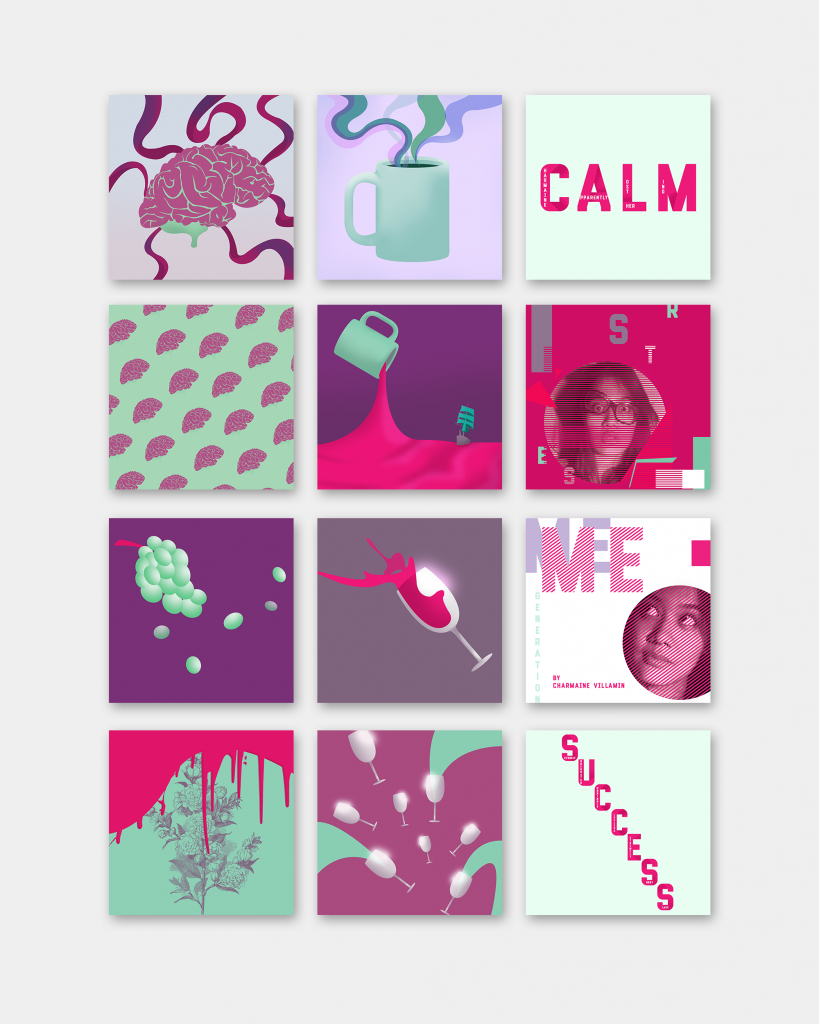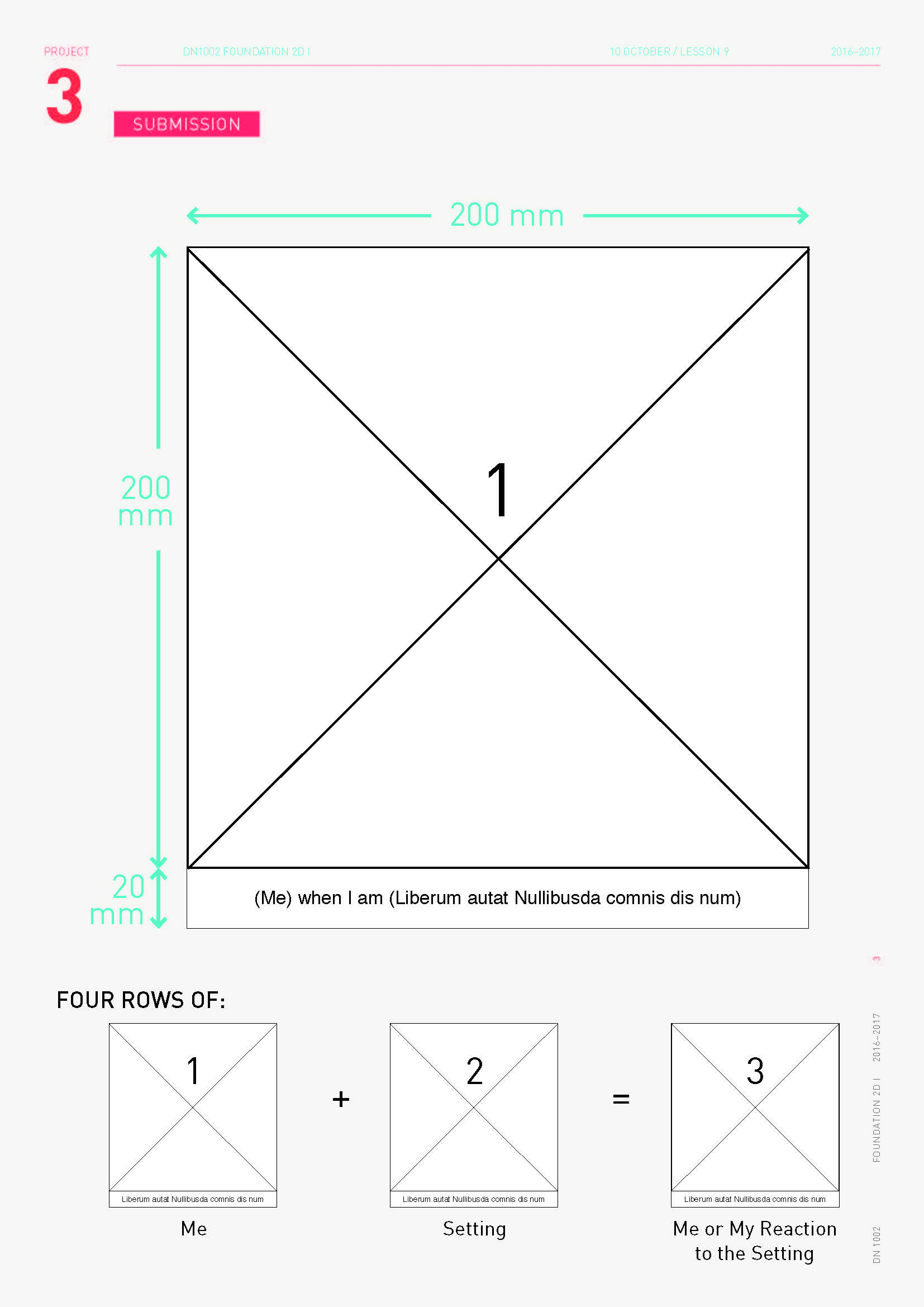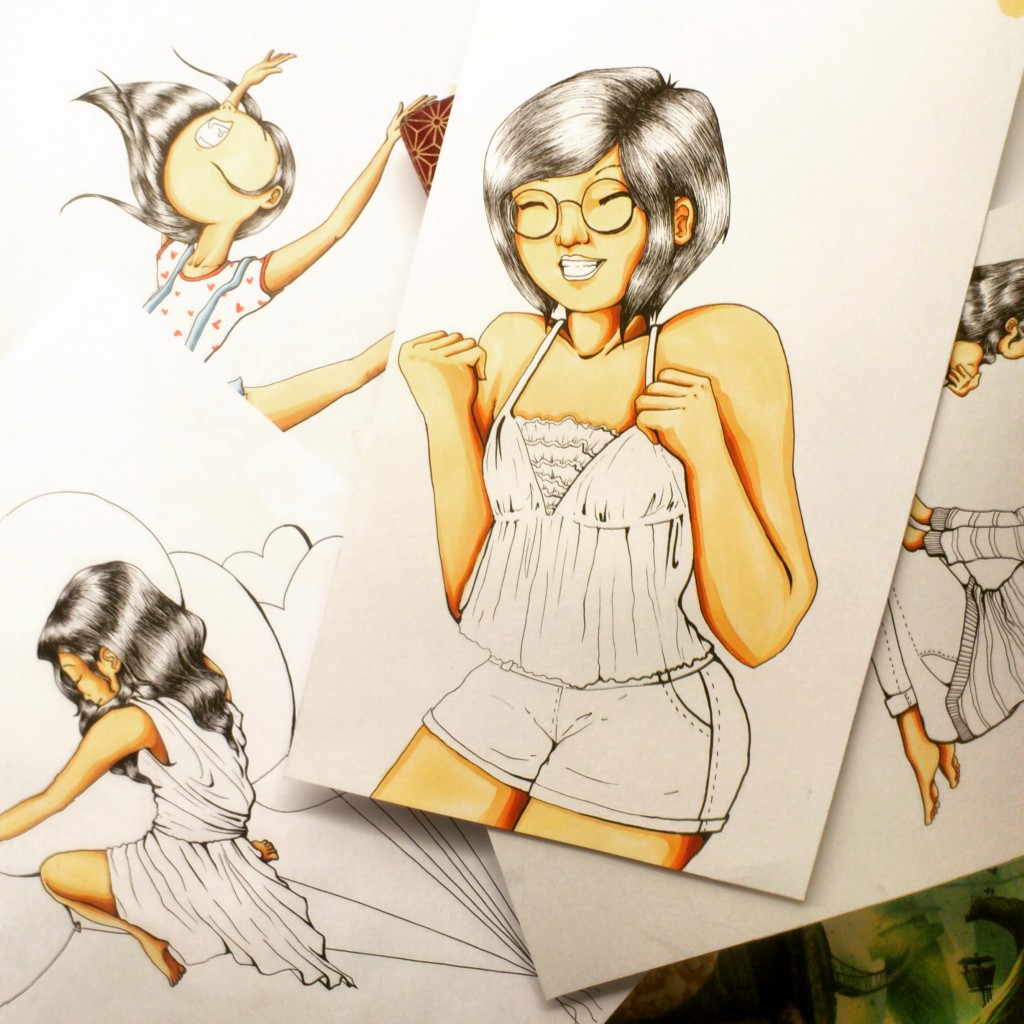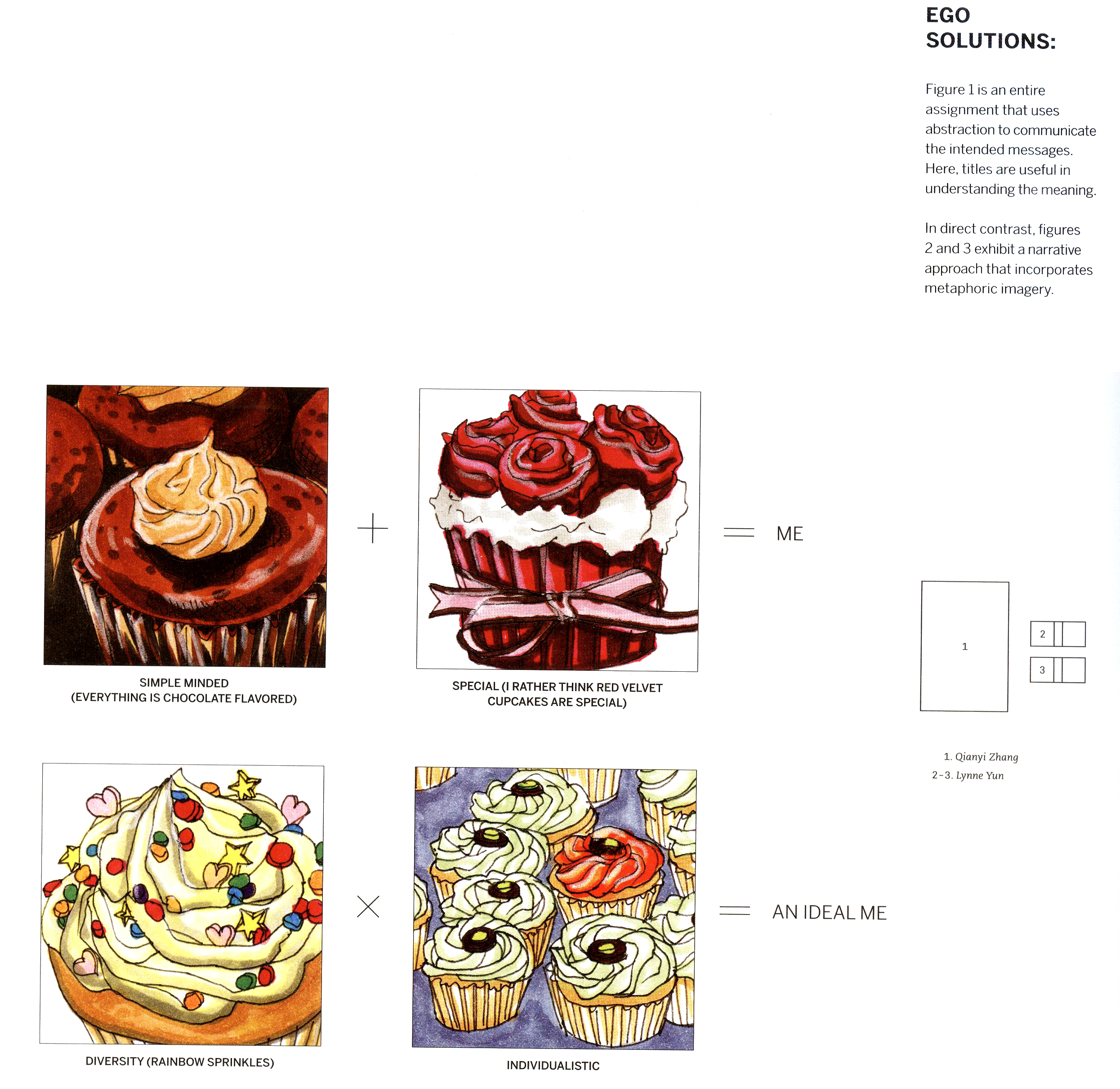Project 3: Ego In Different Settings
Description
Every person reacts differently in different settings and when they are with different groups of people – although fundamentally they are the same person.
In four rows of three squares, create a self portrait based on four different settings. For each of the four rows, use the first column to represent yourself and the second column to represent a setting and the third column to represent an imagined outcome. For example, you (first column) at a family gathering (second column) equals to being the subject of scrutiny by relatives (third column).
As a designer, it is important to understand the importance of colours in design. In particular, an understanding of colour harmonies allow designers to visually manipulate the aesthetics to produce the desired outcome. Apply your understanding of colours and colour theory to visually represent the mutifacted nature of your personality. You may choose to do this digitally or by hand (or mix-media). There are a total of 12 image compositions. Each individual composition measure 200mm x 200mm (square).
Suggestions
Begin by brainstorming on your personality and traits in various settings. Consider both an inward portrayal of your emotions as well as an the outward portrayal that other people could perceive. Consider how colours could be used to suggest or evoke the feelings in the various
representations as well as the cultural context of the various settings. For example, could you take the opportunity to provide an opinion on social gatherings in Singapore or address some stereotypes?

Aim
This project allows one the opportunity to touch a truth in oneself and then find the best means of executing that truth, using either a narrative, metaphoric, abstract or symbolic approach.
Specification
There are no limitations to medium, technique or style. However color will have to be selected to represent one or few of the color harmonies: 1. Monochromes Harmony 2. Analogous Harmony 3. Analogous Harmony Warm and Cool 4. Complementary hues 5.Split complementary.
Deliverables
Digital colour print – Twelve squares printable on A4 paper normal paper (200mm x 200mm)
Creative Process journal – research, sketches, development of ideas, outcomes and reflections

Assessment
Knowledge and Research: 45%
Knowledge acquisition through research and presentation
Evidence of preliminary literal and visual research activities, development of concepts (ideation) and project direction.
Application of knowledge: 45%
Ability to transfer knowledge and research into studio work, creative process, skills, techniques and craftsmanship.
Presentation: 10%
Student’s design disciplines professionalism, engagement,
articulation and clarity in project management
Brief Soft Copy
Past Students' Works
AY 2015/16 Semester 1, 2DI Foundation G6
Please see the one class outcomes: Ego project was a bit different so please refer to style, techniques and some of the concepts. Your work can cover wide range of illustration from collage, to drawing to mix media and digital editing. The Final compositions will be printed at 200 mm by 200 mm. If working with digital from the start ensure that you have file Size 200 mm by 200 mm set at 300 dpi.

https://oss.adm.ntu.edu.sg/chalim002/category/2015-dn1002-g6/ego/

More References
This project is referenced from “The Process: A New Foundation in Art and Design” by Judith Wilde and Richard Wilde; Publisher: Laurence King Publishing (January 6, 2015) ISBN-13: 978-
1780672397




















Refer to Josef Alber’s Interaction of Colours, Kelvin: Colour Today, and other references and guides on colour theory
Possible Resource Site: Adobe Kuler – https://color.adobe.com